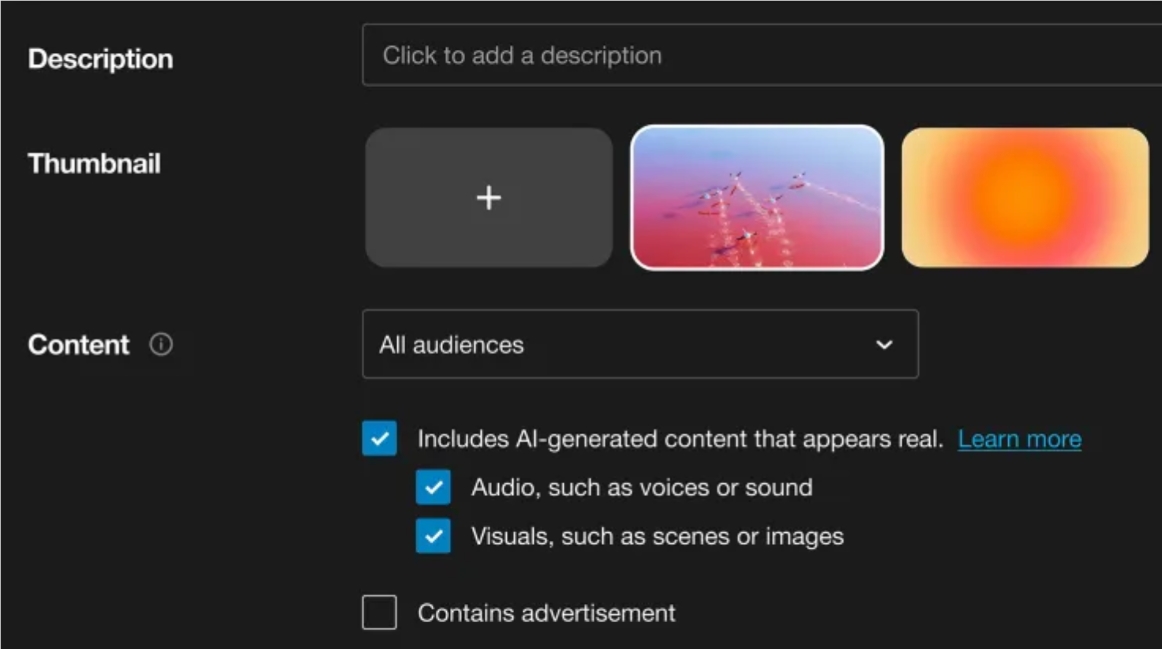Recently, video platform Vimeo joined YouTube and TikTok in announcing a major update: requiring creators to clearly label AI-generated content. This move aims to increase the transparency of platform content and prevent viewers from being misled by realistic AI-generated videos. The editor of Downcodes will give you an in-depth understanding of the details of Vimeo’s new regulations, as well as the platform responsibilities and industry trends behind it.
Vimeo just announced a major update, joining YouTube and TikTok in requiring creators to clearly label their AI-generated content. The new rules mean that all video content that looks realistic if it was created or modified by AI must disclose its origin to viewers.
With the development of AI technology, it is becoming increasingly difficult to distinguish the authenticity of video content. Vimeo’s new policy is designed to ensure viewers are not misled into mistaking synthetic video content for real events. The rule specifically targets videos that look like real people, places or events, and does not apply to content that is clearly animated or uses AI to provide minor production assistance.

Vimeo also specifically pointed out that if videos use AI tools provided by the platform, such as tools that can eliminate long pauses and interruptions in speeches, these videos also need to be labeled as AI content. Now, Vimeo relies on creators to voluntarily label their AI content. When uploading or editing a video, creators can select a checkbox to declare AI usage and indicate whether the AI is used for audio, visual effects, or both.
Although currently operated manually, Vimeo is developing an automated system to detect AI content and automatically label it. Company CEO Philip Moyer stated in the official blog that their long-term goal is to develop an automated labeling system that can reliably detect AI content to increase transparency and reduce the burden on creators.
Moyer has made clear the company's stance on AI since joining Vimeo in April this year. He told users that Vimeo is taking steps to protect user-generated content from being abused by AI companies, such as banning the training of generative AI models on videos hosted on the platform. This is a similar stance to YouTube’s Neal Mohan, who made it clear that using videos from YouTube to train models, including OpenAI’s Sora, is against the terms of service.
These measures at Vimeo reinforce Vimeo’s commitment to content authenticity and provide clearer guidance for creators and viewers to help them navigate a digital world where AI is increasingly pervasive.
Vimeo’s move reflects the video platform’s responsible attitude toward content authenticity and user experience in response to the wave of AI technology development. This not only puts forward new requirements for creators, but also sets a benchmark for the entire industry, promotes the establishment and development of industry norms, and jointly maintains a more secure and transparent online environment.